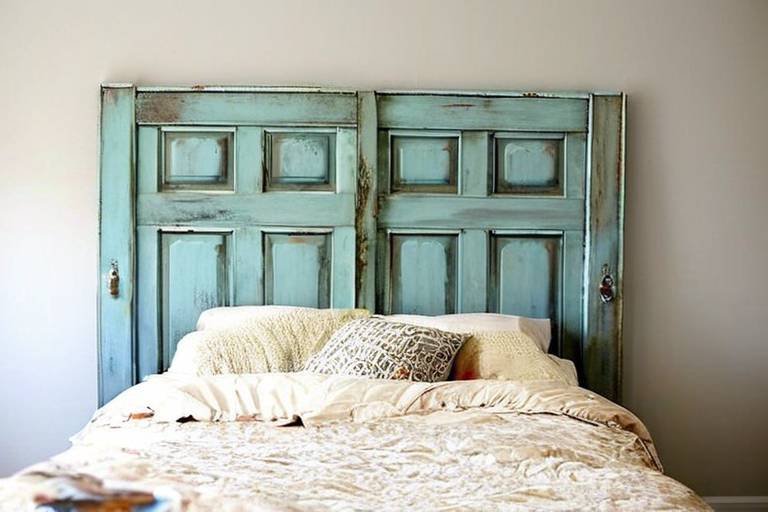Upcycling Workshop: Making the Most Out of Old Items
Welcome to the fascinating world of upcycling, where the mundane transforms into the extraordinary! Imagine taking that old wooden chair you’ve had since college or those mismatched glass jars gathering dust in your kitchen. Instead of tossing them into the trash, why not breathe new life into them? Upcycling is all about creativity, sustainability, and making the most out of what we already have. In this workshop, we’ll explore how to turn forgotten items into stunning treasures, all while promoting a greener planet.
So, what exactly is upcycling? At its core, upcycling is the art of repurposing waste materials or unwanted products into new, useful items. It's like giving a second chance to items that would otherwise end up in a landfill. This process is not just a trend; it’s a movement towards sustainability that encourages us to think outside the box. By transforming the old into something new, we not only reduce waste but also foster creativity in our everyday lives.
Now that we understand what upcycling is, let’s dive into the myriad of benefits it offers. First and foremost, it promotes environmental sustainability. In a world where waste is piling up faster than we can manage, upcycling provides a solution by giving items a new lease on life. It’s a win-win situation; you save money and the planet at the same time! Additionally, upcycling enhances creativity, allowing you to express your individuality in home decor and fashion. When you upcycle, you’re not just creating items; you’re crafting stories and memories.
Every time you choose to upcycle instead of toss something away, you’re making a positive impact on the environment. By reducing landfill waste and conserving resources, upcycling plays a crucial role in environmental conservation. Did you know that the average American generates about 4.5 pounds of waste per day? By upcycling, we can significantly lower that number. Think of it as a ripple effect; every small action contributes to a larger change.
One of the most significant benefits of upcycling is resource conservation. When we repurpose items, we minimize the need for new materials, which helps preserve valuable resources. For instance, consider the energy and raw materials required to produce new furniture. By upcycling an old piece, you’re not just saving money; you're also reducing the carbon footprint associated with manufacturing new products. It’s like planting a seed for future generations to enjoy a healthier planet.
Transforming old items into new creations significantly reduces waste. Statistics show that upcycling can divert millions of tons of waste from landfills each year. For example, according to the Environmental Protection Agency (EPA), recycling and composting prevented the release of approximately 186 million metric tons of carbon dioxide equivalent into the air in 2013. Imagine how much more we could achieve by embracing upcycling! Here are some impactful examples of upcycling:
| Item | Original Use | Upcycled Use |
|---|---|---|
| Glass Jars | Food Storage | Candle Holders or Planters |
| Old T-Shirts | Clothing | Reusable Shopping Bags |
| Wooden Pallets | Shipping Material | Garden Furniture |
Ready to roll up your sleeves and get creative? There are countless upcycling projects suitable for all skill levels. Whether you’re a DIY novice or a seasoned pro, there’s something for everyone. From turning an old ladder into a bookshelf to transforming wine corks into coasters, the possibilities are endless! Upcycling can even extend to fashion; think of making a stylish bag from an old pair of jeans. The only limit is your imagination!
Mastering upcycling requires specific techniques and skills. But don’t worry; it’s easier than you think! Start by gathering the right tools and materials. Essential items for any upcycling project include scissors, glue, paint, and a good pair of safety goggles. Knowing what you need before you start can save you time and frustration.
Here’s a quick rundown of some essential tools and materials to kickstart your upcycling journey:
- Scissors
- Glue (hot glue gun works wonders!)
- Paint and brushes
- Sandpaper
- Safety goggles
- Old items to upcycle!
To make the upcycling process accessible for everyone, let’s offer some easy-to-follow instructions for popular projects. For instance, transforming an old wooden chair into a chic plant stand can be as simple as:
1. Sand down the chair to remove old paint. 2. Apply a fresh coat of paint in your favorite color. 3. Once dry, place a plant pot on the seat. 4. Enjoy your new decorative piece!
What is upcycling? Upcycling is the process of repurposing waste materials or unwanted products into new, useful items, promoting sustainability and creativity.
How does upcycling benefit the environment? Upcycling reduces landfill waste, conserves resources, and minimizes the carbon footprint associated with producing new items.
Can anyone upcycle? Absolutely! Upcycling is for everyone, regardless of skill level. With a bit of creativity and the right tools, anyone can transform old items into new treasures.
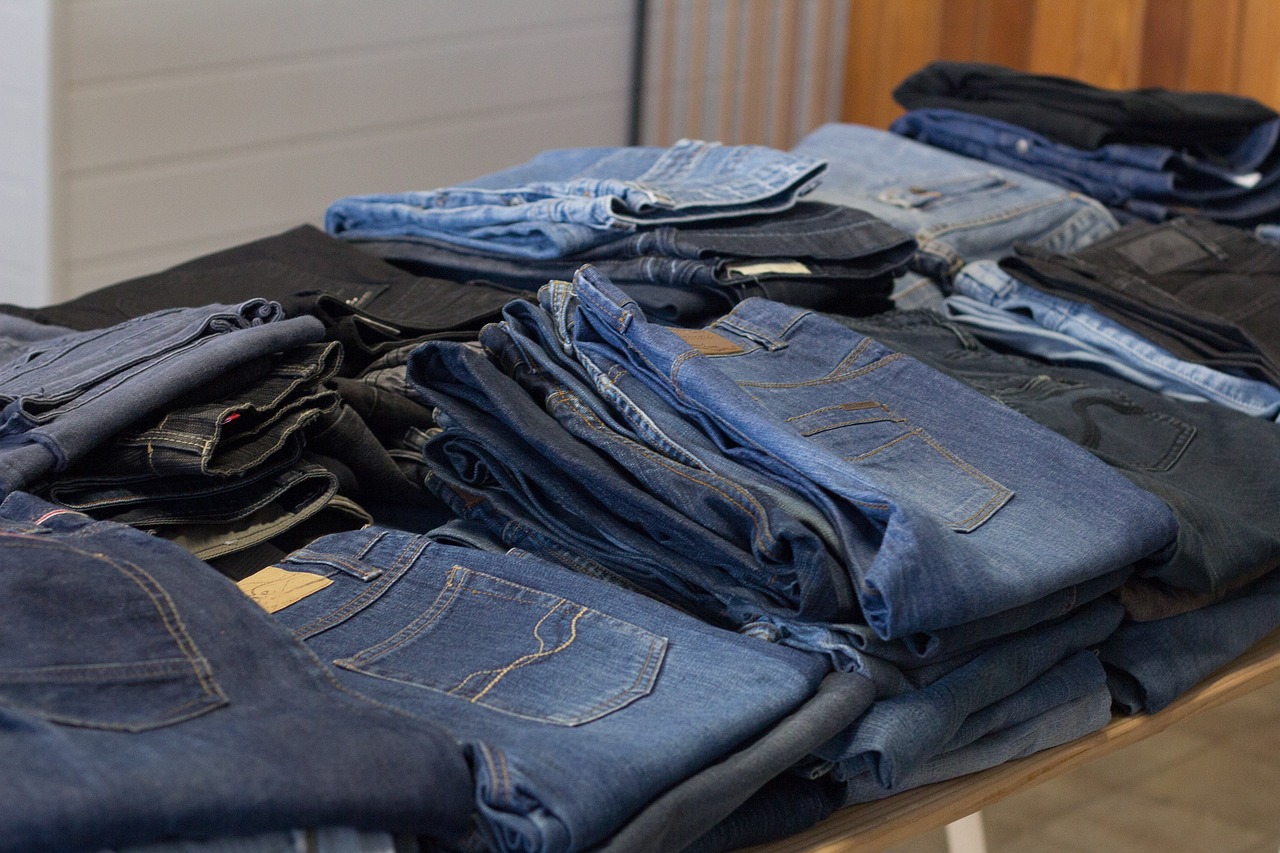
Understanding Upcycling
Have you ever looked at an old item and thought, "What can I do with this?" Well, that's where upcycling comes into play! Upcycling is the magical process of transforming waste materials or unwanted products into something new and useful. It's like giving a second chance to items that would otherwise be tossed aside. Imagine turning an old wooden pallet into a chic coffee table or transforming a pair of worn-out jeans into a trendy bag. Upcycling not only sparks creativity but also promotes sustainability by reducing the amount of waste that ends up in landfills.
But why is upcycling so important? In a world where consumerism is rampant, we often find ourselves surrounded by an overwhelming amount of stuff. By embracing upcycling, we can take a step back and rethink our relationship with material goods. Instead of constantly buying new items, we can look at what we already have and see the potential for transformation. This shift in mindset not only helps us save money but also encourages a more sustainable lifestyle.
One of the most fascinating aspects of upcycling is its ability to foster creativity in our everyday lives. It challenges us to think outside the box and see beauty in the unexpected. For instance, an old ladder can become a unique bookshelf, or glass jars can be transformed into stylish candle holders. The possibilities are truly endless! Upcycling allows us to express our individuality, making our homes and wardrobes reflect our personal style while contributing positively to the environment.
In essence, understanding upcycling is about recognizing the value in what we already possess. It’s a call to action to innovate, to create, and to be resourceful. As we delve deeper into the world of upcycling, we'll discover not only how to reduce waste but also how to unleash our inner artists. So, gather your old items and let’s embark on this exciting journey of transformation together!
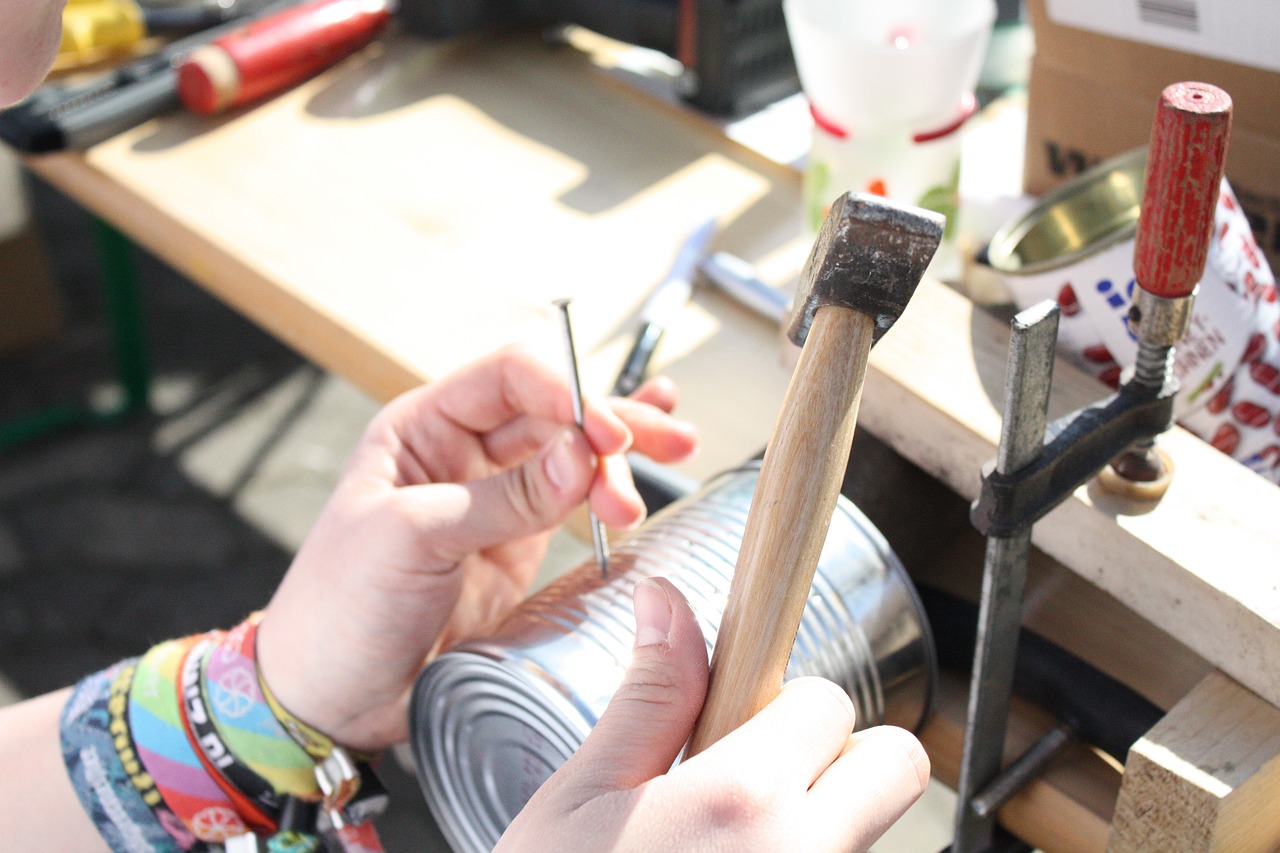
Benefits of Upcycling
Upcycling is not just a trendy buzzword; it's a transformative approach to creating something new and beautiful from what we might otherwise consider waste. The benefits of upcycling are as diverse as the projects you can create. First and foremost, it promotes **environmental sustainability** by reducing the amount of waste that ends up in landfills. Every time you choose to upcycle, you're making a conscious decision to extend the life of materials and reduce your carbon footprint. It's like giving a second chance to an item that still has plenty of potential!
Moreover, upcycling can lead to significant **cost savings**. Instead of splurging on new items, why not look around your home for things that can be transformed? For instance, an old wooden pallet can become a chic coffee table with a little creativity and effort. This not only saves you money but also allows you to create unique pieces that reflect your personal style. By upcycling, you can turn your home into a gallery of one-of-a-kind items that tell a story.
In addition to being budget-friendly, upcycling encourages **enhanced creativity**. It challenges you to think outside the box and see the potential in everyday objects. When you upcycle, you’re not just following a trend; you’re participating in a movement that values individuality and craftsmanship. Imagine transforming old jeans into a stylish bag or turning glass jars into stunning candle holders. Each project becomes a canvas for your imagination, allowing you to express yourself in ways that store-bought items simply can’t.
To put it simply, the benefits of upcycling can be summarized as follows:
- Environmental Sustainability: Reduces landfill waste and conserves resources.
- Cost Savings: Saves money by repurposing old items instead of buying new ones.
- Enhanced Creativity: Encourages innovative thinking and personal expression.
Ultimately, upcycling is a win-win situation. Not only do you contribute positively to the environment, but you also unleash your creativity and save money in the process. It’s like turning trash into treasure, and who wouldn’t want to be a part of that magic?
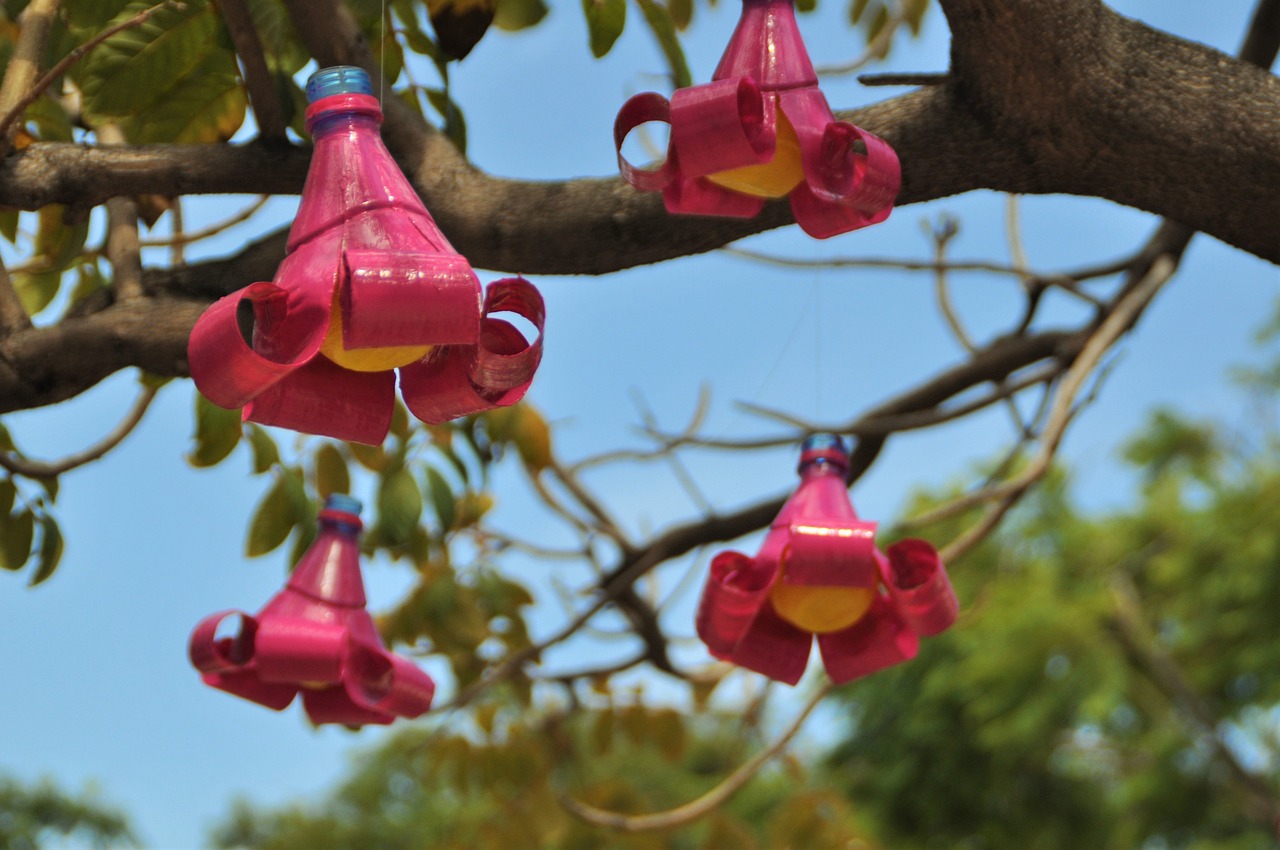
Environmental Impact
Upcycling is not just a trendy term thrown around in DIY circles; it’s a powerful movement with a profound . By breathing new life into items that would otherwise end up in landfills, we are actively participating in a global effort to reduce waste and conserve our planet's precious resources. Imagine a world where every discarded item is seen not as trash but as a treasure waiting to be transformed. This shift in perspective is at the heart of upcycling, and it plays a crucial role in environmental conservation.
One of the most significant benefits of upcycling is its ability to reduce landfill waste. According to the Environmental Protection Agency (EPA), millions of tons of waste are sent to landfills every year, contributing to pollution and greenhouse gas emissions. When we upcycle, we extend the lifespan of materials and reduce the volume of waste that ends up in these sites. For instance, by turning an old wooden pallet into a stylish coffee table, we prevent that pallet from contributing to the growing waste crisis.
Upcycling also fosters resource conservation. In a world where natural resources are finite, the need to preserve them has never been more critical. Each time we choose to upcycle instead of buying new, we are saving valuable materials from being extracted and processed. This not only helps in conserving forests and minerals but also reduces the energy consumption associated with manufacturing new products.
To illustrate the impact of upcycling on resource conservation, consider the following table that outlines the resources saved by upcycling common items:
| Item Upcycled | Resources Saved |
|---|---|
| Glass Bottles | Energy to produce new glass, raw materials, and transportation emissions |
| Old Clothing | Water and energy used for cotton farming and textile production |
| Wooden Pallets | Timber resources and energy for manufacturing new furniture |
Furthermore, upcycling significantly contributes to waste reduction. Transforming old items into new creations not only keeps them out of landfills but also minimizes the overall waste generated in our daily lives. For example, did you know that a single upcycled piece of furniture can save approximately 200 pounds of waste from entering a landfill? This statistic highlights the tangible impact that individual efforts can have when we collectively embrace upcycling.
In conclusion, the environmental impact of upcycling is profound and multifaceted. By choosing to repurpose what we already own, we are not only reducing waste and conserving resources but also paving the way for a more sustainable future. So, the next time you consider throwing something away, ask yourself: Can this be upcycled? You might just discover a new passion for creativity while contributing to a healthier planet.
Q1: What is upcycling?
A1: Upcycling is the process of creatively reusing old or discarded items to create new products that are often of higher value or quality.
Q2: How does upcycling help the environment?
A2: Upcycling reduces landfill waste, conserves natural resources, and minimizes the energy required for manufacturing new products, thereby lowering carbon emissions.
Q3: Can anyone start upcycling?
A3: Absolutely! Upcycling is accessible to everyone, regardless of skill level. There are countless projects available online that cater to beginners.
Q4: What are some easy upcycling projects for beginners?
A4: Some easy projects include turning glass jars into storage containers, repurposing old t-shirts into tote bags, or transforming wooden crates into shelving units.
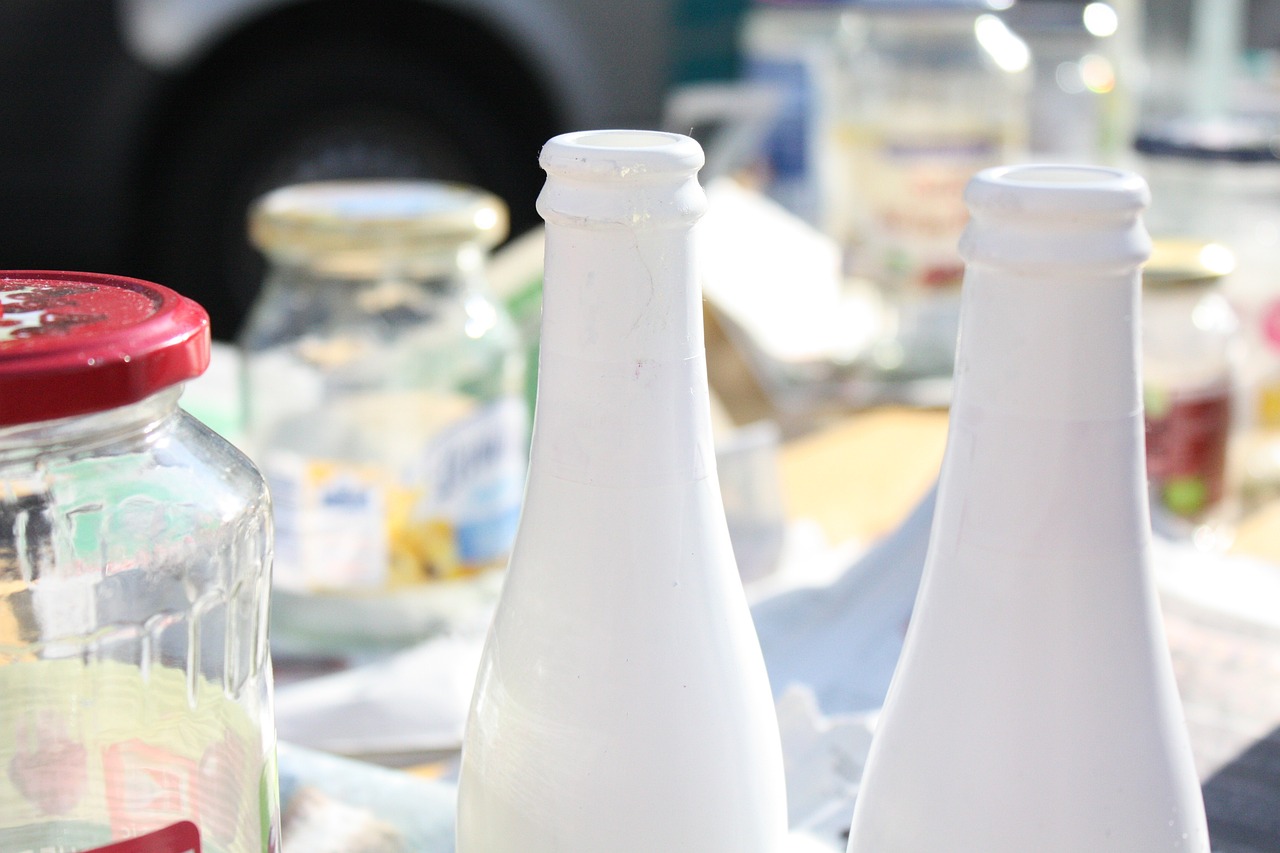
Resource Conservation
When we think about upcycling, one of the most significant benefits that often gets overshadowed is . In a world where natural resources are rapidly depleting, every little effort counts. Upcycling allows us to creatively reuse materials that would otherwise end up in landfills, thus conserving precious resources like wood, metal, and plastic. Imagine transforming an old wooden pallet into a stylish coffee table instead of letting it rot away in a dump. Not only does this save the wood from being wasted, but it also reduces the demand for new materials that require extensive extraction and processing.
By embracing upcycling, we are actively participating in a cycle that promotes sustainability. Each time you repurpose an item, you're contributing to a larger movement that prioritizes the planet over profit. Consider the following points:
- Reduction of New Material Demand: Every piece of upcycled furniture or clothing means one less item that needs to be manufactured from scratch, which in turn lessens the strain on our environment.
- Energy Savings: The process of creating new materials often consumes a significant amount of energy. By upcycling, we are effectively saving energy that would have been used in production.
- Preservation of Natural Habitats: Less demand for raw materials means fewer trees cut down and less mining, helping to preserve our forests and wildlife.
Moreover, the act of upcycling can be a source of inspiration and creativity. It encourages individuals to think outside the box and to see potential in what others might consider trash. Whether it’s turning old glass jars into chic storage containers or transforming worn-out jeans into a trendy bag, the possibilities are endless. This creative process not only conserves resources but also fosters a sense of individuality and personal expression in the items we use every day.
In summary, resource conservation through upcycling is not just about saving materials; it's about creating a sustainable future. By choosing to upcycle, we can significantly reduce our carbon footprint while also enjoying the satisfaction of crafting something unique. So the next time you're about to throw something away, pause for a moment and ask yourself: could this be transformed into something beautiful and functional? You might be surprised at what you can create!
Q1: What types of materials can be upcycled?
A1: Almost anything can be upcycled! Common materials include wood, glass, metal, fabric, and plastic. The key is to see the potential in old items.
Q2: Do I need special tools for upcycling?
A2: While some projects may require specific tools, many upcycling projects can be completed with basic household items. Start small and build your toolkit as you go!
Q3: Can upcycling save me money?
A3: Absolutely! Upcycling allows you to create new items without purchasing expensive materials, making it a cost-effective way to refresh your home or wardrobe.
Q4: Is upcycling environmentally friendly?
A4: Yes! Upcycling helps reduce waste, conserves resources, and minimizes the carbon footprint associated with manufacturing new products.
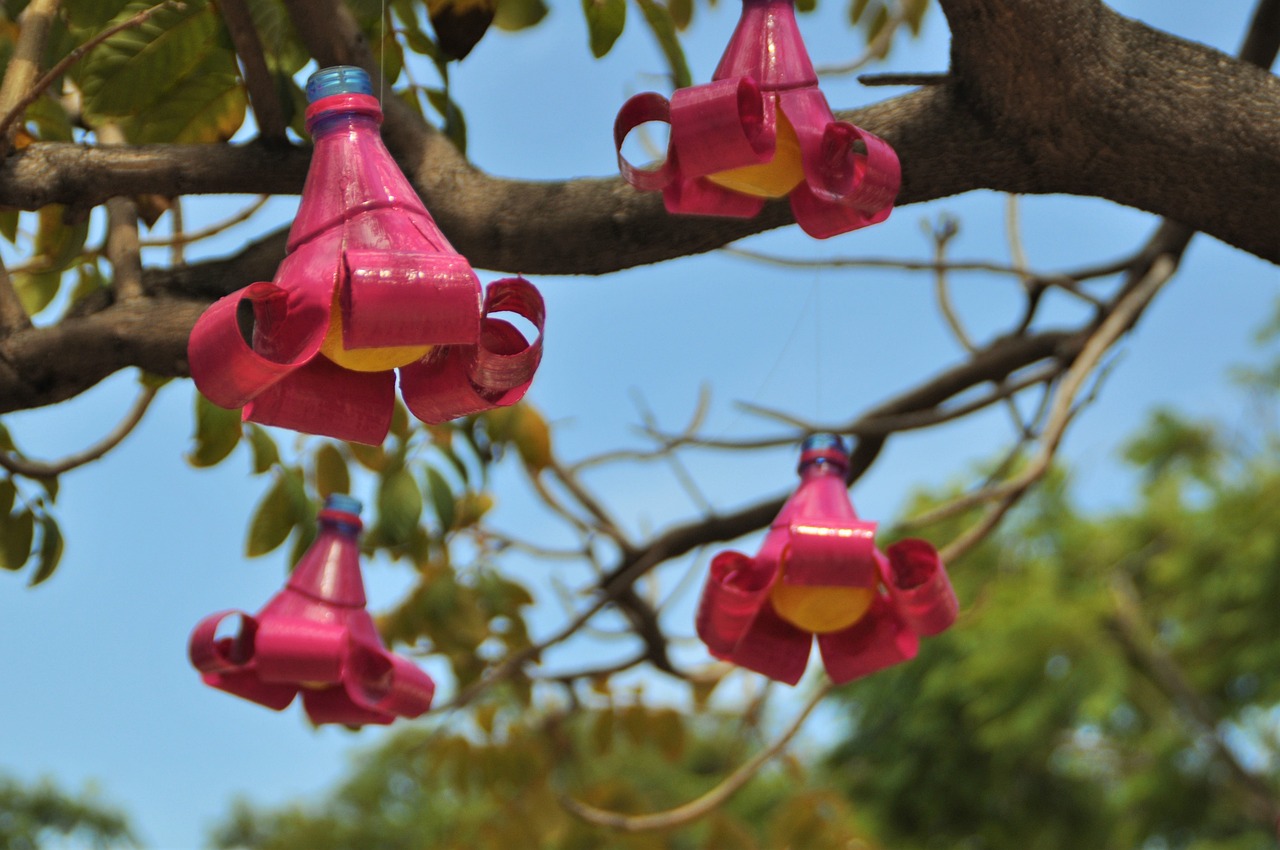
Waste Reduction
When we talk about , it’s like opening a treasure chest filled with possibilities. Imagine a world where the items we once considered trash can be transformed into something beautiful and functional. Upcycling is not just a creative outlet; it's a powerful tool in our fight against the overwhelming waste crisis. Every year, millions of tons of waste end up in landfills, contributing to pollution and harming our planet. By choosing to upcycle, we can significantly reduce this waste and give new life to items that would otherwise be discarded.
Statistics show that the average American generates about 4.4 pounds of waste per day. That’s a staggering amount! If we all took a moment to consider how many of those items could be repurposed, the impact could be monumental. For instance, instead of tossing out old furniture, think about how you could transform it. A worn-out chair can become a stylish planter, or an old dresser can be reimagined as a unique storage solution. The possibilities are endless!
To put things into perspective, let’s take a look at some interesting facts about waste reduction through upcycling:
| Item | Potential Upcycled Use | Waste Reduced (approx.) |
|---|---|---|
| Old T-Shirts | Reusable shopping bags | 30% of textile waste |
| Glass Jars | Storage containers | 70% of glass waste |
| Wood Pallets | Garden furniture | 50% of wooden waste |
As you can see, the impact of upcycling is not just about aesthetics; it’s about making a tangible difference in our environment. Each item we choose to upcycle is one less item heading to the landfill. It’s a simple yet profound way to contribute to a more sustainable future. Plus, it encourages us to think creatively and resourcefully, turning the mundane into the extraordinary.
In conclusion, embracing upcycling as a means of waste reduction is not just a trend; it's a lifestyle choice that benefits both us and the planet. So, the next time you're about to toss something out, pause for a moment and ask yourself: Can this be transformed? You might just surprise yourself with what you can create!
- What is upcycling? Upcycling is the process of repurposing waste materials or unwanted products into new, useful items.
- How does upcycling help the environment? Upcycling reduces landfill waste, conserves resources, and minimizes the carbon footprint associated with manufacturing new products.
- Can anyone upcycle? Absolutely! Upcycling can be done by anyone, regardless of skill level. There are projects for beginners to advanced crafters.
- What are some easy upcycling projects? Some simple projects include turning glass jars into storage containers, old t-shirts into reusable bags, or furniture into garden planters.
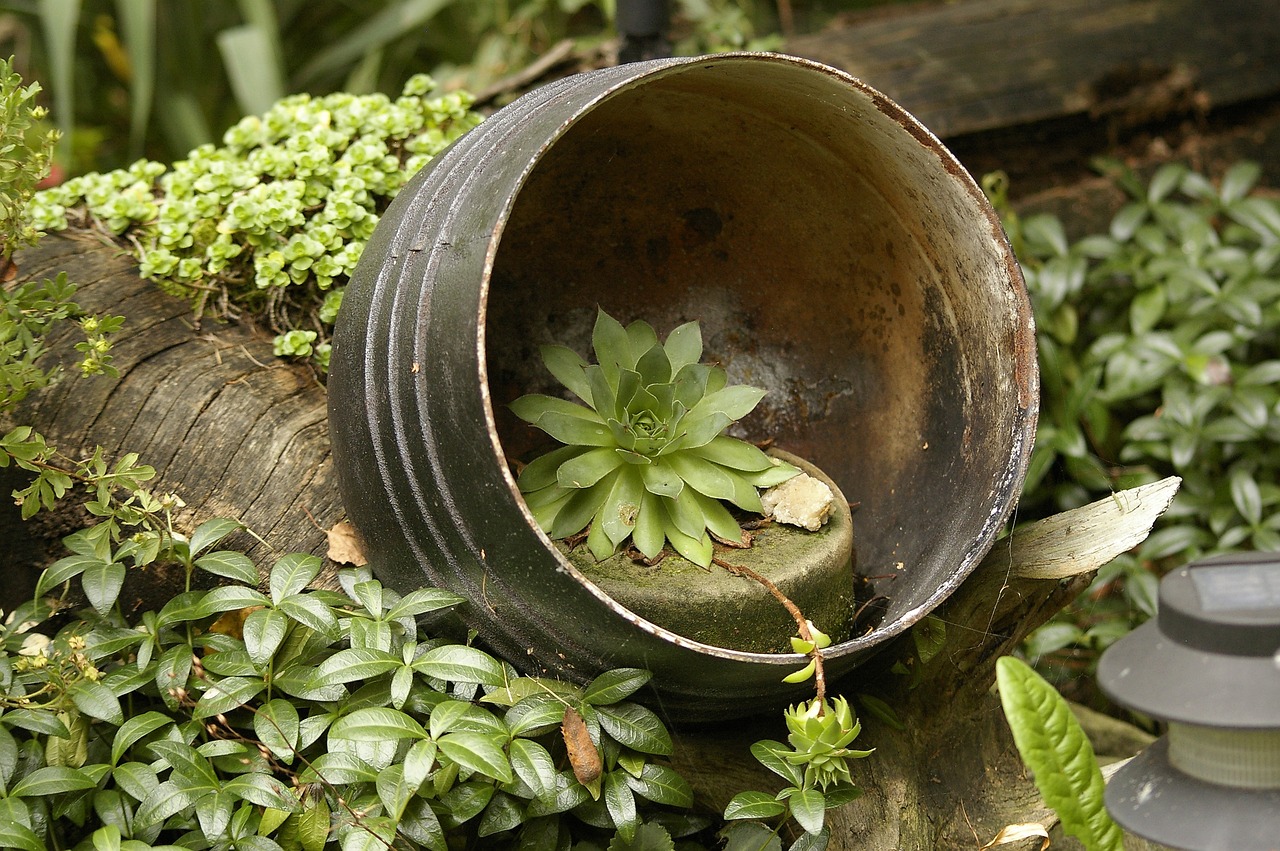
Creative Upcycling Ideas
Are you ready to unleash your inner artist and turn those forgotten treasures into something fabulous? Upcycling is not just a trend; it’s a way to breathe new life into items that might otherwise end up in a landfill. Imagine transforming an old ladder into a stunning bookshelf or turning wine bottles into chic candle holders. The possibilities are endless! Here are some creative upcycling ideas that will not only spruce up your space but also spark your imagination.
One of the easiest and most rewarding projects is upcycling furniture. Instead of buying new pieces, consider giving your old furniture a makeover. A simple coat of paint can make a world of difference. For instance, an outdated wooden chair can be transformed into a vibrant statement piece with a splash of color and some new upholstery. Not only does this save money, but it also adds a unique touch to your home decor. Plus, you’ll have a story to tell about how you transformed something old into something new!
Fashion enthusiasts can also get in on the upcycling action. Have you ever thought about turning old t-shirts into trendy tote bags? It’s a fun and practical way to reduce waste while showcasing your personal style. All you need is a pair of scissors and a sewing kit. You can cut and stitch your way to a fashionable accessory that’s both eco-friendly and one-of-a-kind. And let’s not forget about jewelry! Old buttons, broken necklaces, and scraps of fabric can be repurposed into stunning pieces that reflect your individuality.
For those who love gardening, upcycling can extend to your outdoor space as well. Old tires can be transformed into colorful planters, adding a pop of personality to your garden. You can paint them in bright colors or stack them to create a unique vertical garden. Additionally, glass jars can serve as charming plant holders or lanterns, perfect for illuminating your garden during evening gatherings. Just imagine how delightful it would be to have your garden filled with these creative touches!
And if you’re looking for something a bit more ambitious, why not try your hand at creating art from upcycled materials? Sculptures made from scrap metal or wall art created from old magazines can serve as stunning focal points in your home. This not only showcases your creativity but also promotes a sustainable lifestyle. You can even involve your family and friends in these projects, making it a fun group activity that fosters creativity and collaboration.
Here’s a quick summary of some creative upcycling ideas:
- Furniture Makeover: Paint and reupholster old furniture.
- Fashion Accessories: Transform old t-shirts into tote bags.
- Garden Decor: Use old tires as planters.
- Art Projects: Create sculptures from scrap materials.
So, whether you’re a seasoned DIY enthusiast or just starting out, there’s an upcycling project waiting for you. Remember, the goal is to have fun and let your creativity flow. Each item you upcycle tells a story, and by engaging in this practice, you’re not only making your space more beautiful but also contributing to a more sustainable world. So grab those old items, roll up your sleeves, and get ready to create something amazing!
Q: What is upcycling?
A: Upcycling is the process of creatively reusing old or discarded items to create new products that are often more valuable or useful.
Q: Why should I consider upcycling?
A: Upcycling helps reduce waste, conserves resources, and encourages creativity. It’s a sustainable choice that can save you money while allowing you to express your individuality.
Q: Do I need special skills to start upcycling?
A: Not at all! Upcycling can be as simple or complex as you want it to be. Many projects require basic skills, and there are plenty of tutorials available to help beginners.
Q: What materials can I upcycle?
A: Almost anything! Common materials include furniture, clothing, glass jars, metal scraps, and more. The key is to look at items with a creative eye.
Q: Can I upcycle as a family activity?
A: Absolutely! Upcycling is a fantastic way to bond with family and friends. Gather your loved ones for a fun DIY session and let everyone contribute their ideas.
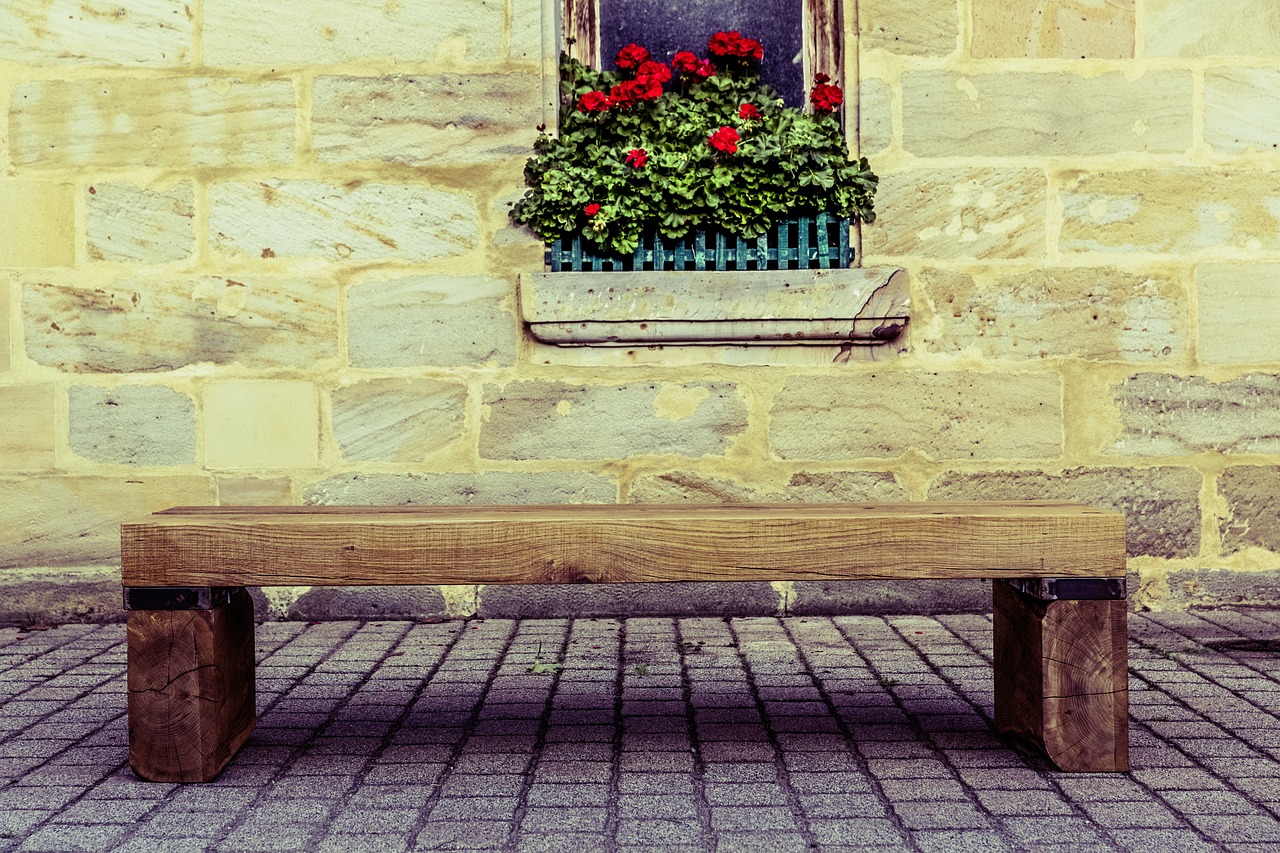
Upcycling Techniques and Tips
Mastering the art of upcycling can feel like embarking on a creative adventure, where the only limit is your imagination. To get started, it's essential to understand a few key techniques that will make your projects not only successful but also enjoyable. Think of upcycling as a treasure hunt; you're on the lookout for hidden gems in the form of old items waiting to be transformed into something spectacular. Whether you’re a seasoned DIY enthusiast or a curious beginner, these tips will guide you through the process.
First and foremost, having the right tools at your disposal can make a world of difference. Here’s a quick list of essential tools and materials you might want to gather:
- Basic Hand Tools: Scissors, screwdrivers, pliers, and a hammer are your trusty companions.
- Adhesives: A good quality glue gun or strong adhesive is vital for sticking things together.
- Paint and Finishes: Don’t underestimate the power of a fresh coat of paint or some varnish to breathe new life into your projects.
- Safety Gear: Always wear gloves and goggles, especially when working with sharp objects or chemicals.
Once you have your tools ready, it’s time to think about the items you want to upcycle. Look around your home; you might be surprised at what you can find! Old furniture, glass jars, and even worn-out clothing can all be transformed into something new and exciting. Think of each item as a blank canvas—what story can you tell with it? A little creativity can turn a simple wooden pallet into a chic coffee table or an old t-shirt into a trendy tote bag.
Next, let’s talk techniques. One popular method is decoupage, where you apply decorative paper or fabric to surfaces using glue. It’s a fantastic way to personalize furniture or create unique art pieces. Another technique is upholstery, where you can give old chairs or cushions a fresh look with new fabric. If you're feeling adventurous, try your hand at distressing wood to achieve that rustic charm that’s all the rage in home decor.
As you embark on your upcycling journey, remember that patience is key. Not every project will turn out perfectly the first time, and that’s okay! Embrace the learning process. Sometimes, a “mistake” can lead to an even better outcome. For instance, if a paint job doesn’t go as planned, consider it an opportunity to try a different color or technique. The beauty of upcycling lies in its flexibility and the possibility of innovation.
Finally, don’t forget to share your creations! Join online communities or social media groups dedicated to upcycling. Not only can you find inspiration from others, but you can also showcase your work and connect with like-minded individuals. You might even spark someone else's creativity with your projects!
Q: What is the difference between upcycling and recycling?
A: Upcycling involves transforming old items into new products with a higher value, while recycling breaks down materials to create new raw materials.
Q: Can I upcycle items that are broken?
A: Absolutely! Many broken items can be creatively repaired or repurposed, giving them a new lease on life.
Q: Do I need special skills to start upcycling?
A: Not at all! Upcycling can be as simple or complex as you want it to be. Start with basic projects and gradually take on more challenging ones as you gain confidence.
Q: Where can I find items to upcycle?
A: Look around your home, visit thrift stores, garage sales, or even ask friends and family for items they no longer need.
In conclusion, upcycling is not only a fantastic way to reduce waste and save money, but it also allows you to express your creativity and individuality. So gather your tools, unleash your imagination, and start transforming those old items into new treasures!
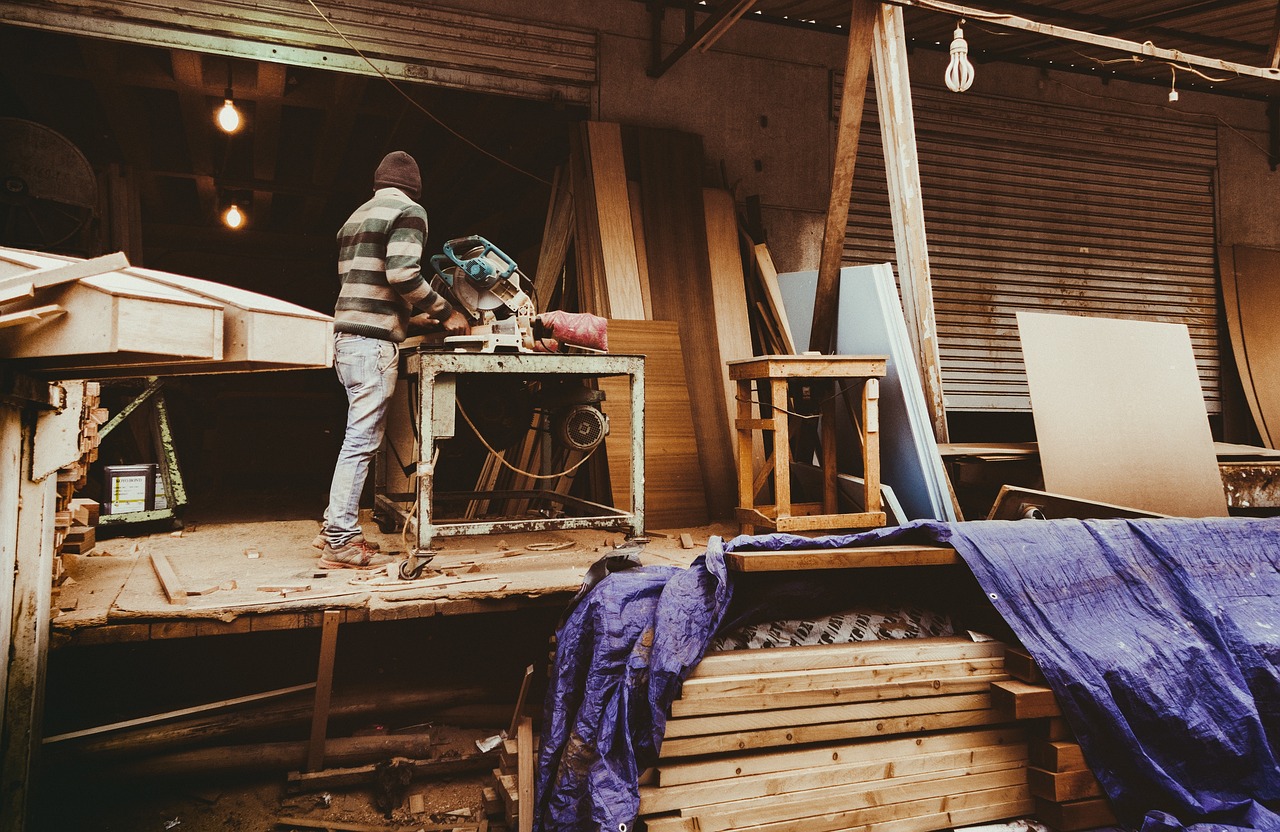
Tools and Materials
When diving into the exciting world of upcycling, having the right is essential for transforming your old items into stunning new creations. Think of it like cooking; you wouldn't want to whip up a gourmet meal without a sharp knife or quality ingredients, right? Similarly, your upcycling projects will flourish when equipped with the right gear. So, what do you need to get started? Let's explore the must-have tools and materials that can make your upcycling journey a breeze!
First and foremost, a good set of basic hand tools is crucial. This includes items such as scissors, screwdrivers, pliers, and a hammer. These tools are your best friends when it comes to dismantling old furniture or cutting fabric for new designs. Additionally, a cutting mat can protect your surfaces and keep your workspace organized. You might also want to consider a hot glue gun for quick fixes and a sewing machine if you plan to work with textiles. These tools can help you achieve a professional finish, making your projects stand out.
Next, let’s talk about materials. The beauty of upcycling is that you can use just about anything! Old furniture, glass jars, fabric scraps, and even discarded electronics can all be repurposed into something fabulous. For instance, an old wooden chair can be transformed into a stylish plant stand, while glass jars can become decorative candle holders. Here’s a quick rundown of some materials you might want to keep an eye out for:
- Wood: Perfect for furniture projects or rustic decor.
- Fabric: Great for sewing projects, from bags to cushions.
- Glass: Ideal for creating unique vases or storage solutions.
- Metal: Can be used for garden art or upcycled furniture.
Moreover, don’t forget about paint and finishes! A fresh coat of paint can breathe new life into any piece. Whether you prefer chalk paint for a vintage look or spray paint for a sleek finish, these materials can help you customize your creations to fit your style. You can also use varnishes or sealants to protect your projects and ensure they last for years to come.
Lastly, always keep a notebook and a camera handy. Documenting your projects not only helps you track your progress but also allows you to share your upcycling journey with friends and family. Plus, who doesn’t love a good before-and-after photo? It can be incredibly satisfying to see how far you’ve come!
In conclusion, having the right tools and materials can significantly enhance your upcycling experience. By preparing yourself with these essentials, you’ll be well on your way to transforming old items into beautiful, functional pieces that reflect your personal style. So gather your tools, unleash your creativity, and let the upcycling adventures begin!
Q: What is upcycling?
A: Upcycling is the process of repurposing waste materials or unwanted products into new, useful items, promoting sustainability and creativity.
Q: Do I need special skills to start upcycling?
A: Not at all! Upcycling can be as simple or as complex as you want it to be. Many projects are beginner-friendly, and there are plenty of resources available to help you learn.
Q: Where can I find items to upcycle?
A: Look around your home for unused items, or check out thrift stores, garage sales, and even your friends’ basements for potential treasures!
Q: How can I ensure my upcycled projects are safe?
A: Always inspect materials for damage or hazards, and use appropriate safety gear when necessary. For example, wear gloves when working with sharp tools or toxic materials.

Step-by-Step Guides
Upcycling can seem daunting at first, but with the right guidance, anyone can transform old items into stunning new creations. Whether you're a seasoned DIY enthusiast or just starting out, these step-by-step guides will empower you to unleash your creativity. Let's dive into some popular upcycling projects that are not only fun but also incredibly rewarding!
First up, we have the classic upcycled wooden pallet coffee table. This project is perfect for those who love rustic charm and want to add a personal touch to their living space. Here’s how you can do it:
- Gather Your Materials: You'll need a wooden pallet, sandpaper, wood stain or paint, and four sturdy legs (you can use old furniture legs or buy new ones).
- Prep the Pallet: Start by sanding down the pallet to remove any rough edges or splinters. This step is crucial for ensuring a smooth finish.
- Stain or Paint: Apply your choice of stain or paint to the pallet. This not only adds character but also protects the wood from wear and tear.
- Attach the Legs: Once the stain or paint is dry, flip the pallet over and securely attach the legs to each corner. Make sure they are sturdy enough to support the weight of the table.
- Final Touches: You can add a glass top for a sleek finish or leave it as is for a more rustic look. Decorate it with your favorite books, plants, or candles!
Next, let’s talk about upcycled t-shirt bags. These bags are not only eco-friendly but also a fantastic way to repurpose old t-shirts that you no longer wear. Here’s a simple guide:
To create your own t-shirt bag, follow these steps:
- Choose an old t-shirt that you love but no longer wear.
- Cut off the sleeves and the neckline to create the bag opening.
- Turn the shirt inside out and tie the bottom hem into a knot, securing the fabric.
- Flip it back to the right side, and voila! You have a chic, reusable bag.
This project is not only quick and easy but also allows for personalization. You can decorate your bag with fabric paint or patches to make it uniquely yours!
Lastly, let’s explore the world of upcycled glass jars. These versatile containers can be transformed into beautiful candle holders, planters, or storage solutions. Here’s a quick guide:
- Clean the Jars: Remove any labels and wash the jars thoroughly.
- Decorate: Use twine, paint, or washi tape to add a decorative touch. You can even use lace or fabric for a more vintage look.
- Fill Them Up: Depending on your intended use, fill the jars with soil and plant succulents, or place a tealight candle inside for a cozy ambiance.
These upcycled glass jars can add a touch of charm to any space, making them perfect for gifts or home decor.
In conclusion, upcycling is a fantastic way to breathe new life into old items while expressing your creativity. With these step-by-step guides, you can embark on your upcycling journey with confidence. Remember, the only limit is your imagination!
Q: What types of materials can I upcycle?
A: You can upcycle a wide variety of materials, including wood, fabric, glass, and metal. Almost anything can be transformed into something new with a bit of creativity!
Q: Do I need special tools for upcycling?
A: While some projects may require specific tools, many upcycling projects can be done with basic household items. It's all about being resourceful!
Q: How can I get inspired for my next upcycling project?
A: Inspiration can come from anywhere! Browse online platforms like Pinterest, visit local thrift stores, or simply look around your home for items that could use a makeover.
Frequently Asked Questions
- What is upcycling?
Upcycling is the creative process of transforming waste materials or unwanted products into new, useful items. It’s all about giving a second life to old items, turning them into something functional and beautiful, rather than throwing them away.
- How does upcycling benefit the environment?
Upcycling significantly reduces landfill waste and conserves natural resources. By repurposing old items, we minimize the need for new materials, which helps protect ecosystems and reduces the carbon footprint associated with manufacturing.
- Can anyone start upcycling?
Absolutely! Upcycling is for everyone, regardless of skill level. Whether you're a seasoned DIYer or a complete beginner, there are countless projects to suit your abilities. The key is to be creative and open-minded!
- What tools do I need to get started with upcycling?
While the tools you need can vary depending on your project, some essentials include scissors, glue, paint, and basic hand tools like a screwdriver or hammer. Having a good workspace and some creativity are just as important!
- What are some easy upcycling projects for beginners?
Some simple projects include turning glass jars into candle holders, repurposing old t-shirts into tote bags, or transforming wooden pallets into garden furniture. The possibilities are endless, and you can find tutorials online to guide you!
- How can upcycling save me money?
By reusing and repurposing items you already own, you can save money that would otherwise be spent on new products. Plus, upcycling often allows you to create unique items that can enhance your home decor or wardrobe without breaking the bank.
- Is upcycling the same as recycling?
No, while both are environmentally friendly practices, upcycling involves transforming an item into something of higher value or quality, whereas recycling typically breaks down materials to create new products. Upcycling keeps the original item intact and enhances its value.
- Where can I find inspiration for upcycling projects?
Inspiration can be found all around you! Websites like Pinterest, DIY blogs, and social media platforms are filled with creative ideas. You can also look at your own home and think about what items could be transformed into something new!




